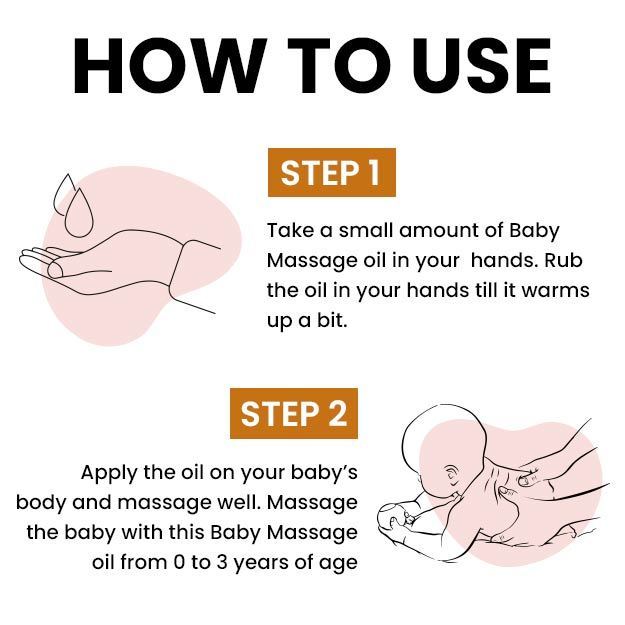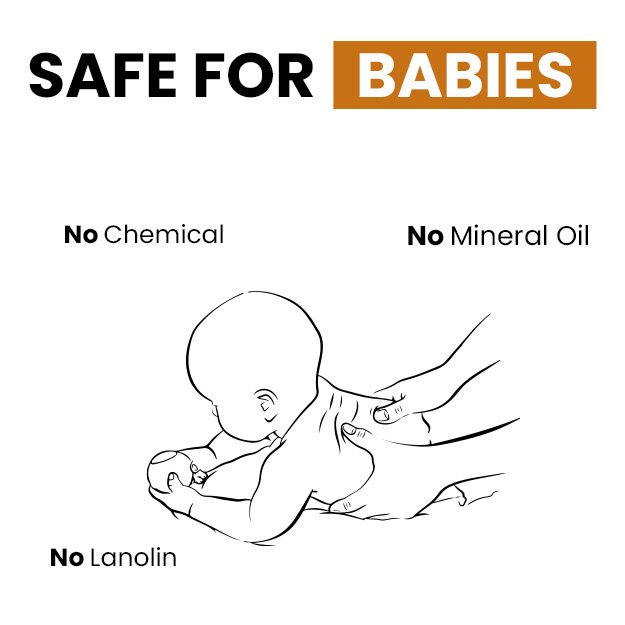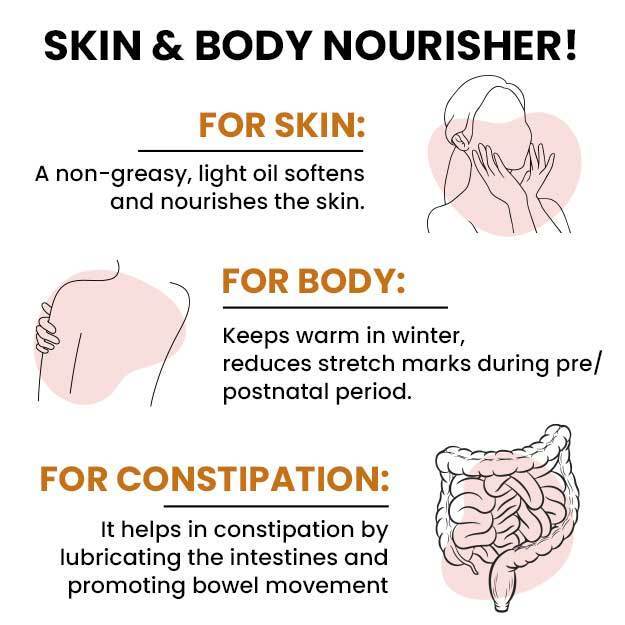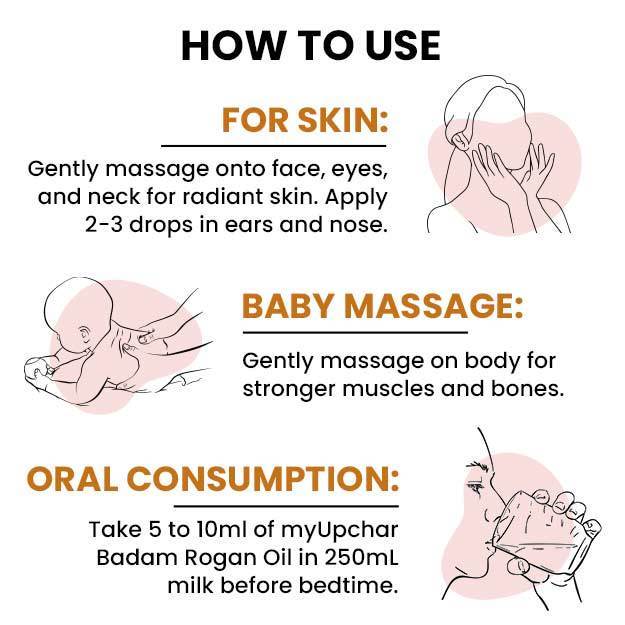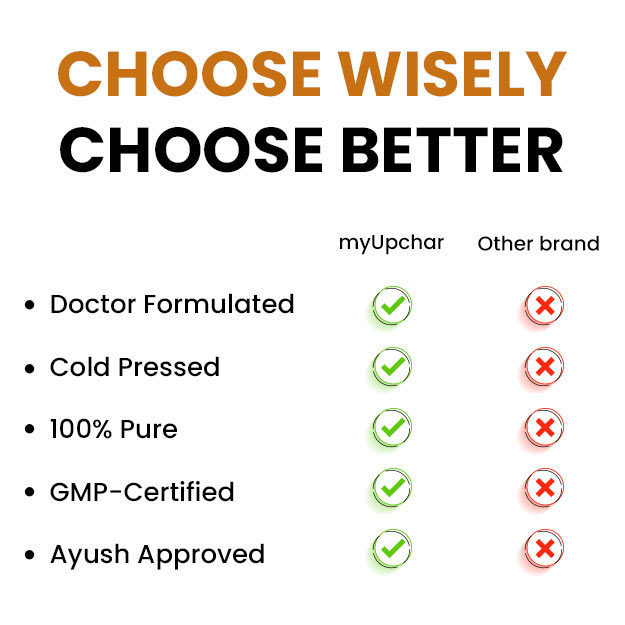Over eight lakh children worldwide have dangerous levels of lead in their blood, and up to half of these children live in South Asia, according to the latest data by the Institute of Health Metrics and Evaluation, US. UNICEF, along with non-governmental agency Pure Earth, released this data on 30 July 2020 in their report titled “The Toxic Truth: Children’s exposure to lead pollution undermines a generation of potential”.
While lead poisoning may happen to anyone of any age, children are particularly vulnerable to it at different stages of their development. For example, foetuses can absorb lead through the expecting mom’s blood. Children also absorb roughly 50% of the lead they ingest with food or water, compared with 10% in grown-ups. Children also tend to put things in their mouths as they explore their surroundings—if they happen to eat dirt or paint with high quantities of lead in them, this can affect their overall development.
Lead has many negative effects on children’s health. Early exposure to lead may lead to immune dysfunction, dementia and other health problems later in life. Indeed, experts have even linked childhood exposure to lead to higher levels of aggression in youths 15 years down the line.
According to the World Health Organization’s 2010 report on “Childhood Lead Poisoning”, “Exposure to lead early in life can re-programme genes, which can lead to altered gene expression and an associated increased risk of disease later in life. Early exposure to lead can also reduce an individual’s capacity to successfully weather other neurological insults later in life.” Neurological insults refer to a physical or mental injury to the central nervous system, including the brain.
Although lead tends to accumulate in the body over the years, early exposure to lead can be particularly dangerous in the short term as well as the long term. Read on to know about the health effects of lead poisoning in children, symptoms of lead poisoning in children, causes of lead toxicity in babies and children, diagnosis of paediatric lead poisoning and treatment of lead poisoning in children.
- Health effects of lead poisoning in children
- Symptoms of lead poisoning in children
- Causes of lead poisoning in children
- Prevention of lead poisoning in children
- Diagnosis of lead poisoning in children
- Treatment of lead poisoning in children
Health effects of lead poisoning in children
We know that children are at particularly high risk of lead poisoning. Indeed, their exposure to lead starts even before birth, as the lead accumulated in the mom-to-be’s bones mixes with maternal and foetal blood. Data also show that a 1-6-year-old can ingest as much as 100-400 mg of house dust or soil in a day—this dust could contain varying amounts of lead, depending on environmental factors like whether car batteries and electronic waste are properly disposed of in that country.
Lead has multiple health effects for children. Here’s a quick look at the most significant points:
Health effects of lead poisoning in children in the womb
Lead poisoning can have a large impact on the child at both the embryonic and foetal during pregnancy. Here's a look at the main issues:
- Brain development: Exposure to lead in the womb interferes with the baby’s brain development. Experts explain that the lead accumulated in the mom-to-be’s bones mix with her blood. During pregnancy, the lead in the mom’s blood “freely” passes through the placenta to reach the baby. Research shows that even low levels of exposure to lead (more than 5 micrograms a deciliter) in the womb can affect neurological development in children for up to three years. Iron deficiency in the mom-to-be and the baby make things worse, by increasing the absorption of lead.
Additionally, until the embryo (the stage before the baby becomes a foetus) develops a proper blood-brain barrier, this blood can also affect the developing brain of the embryo. The blood-brain barrier is a sort of filter that allows water, oxygen, etc., in but keeps other substances in blood out of the brain. Research shows that this barrier develops as early as the eighth week of gestation. - Gene expression: Our genes determine everything from which enzymes the body can make to how we look. Exposure to lead in the womb also interferes with gene expression, which means there could be any number of fallouts including future risk for health problems.
- Kidney problems
- Blood pressure: Based on the New Hampshire Birth Cohort Study with 323 children, mean age 5.5 years, lead exposure in the womb has been linked with an increase in systolic blood pressure in young children, especially boys. Systolic blood pressure is indicated by the upper number in a blood pressure machine reading—it signifies the force that our blood vessels experience when the heart beats/pumps.
Health effects of lead poisoning in newborns and children
A baby can have variable exposure to lead as soon as he or she is born, based on environmental and home factors. Here are some health effects of lead poisoning in children to look out for after the birth:
- Mental retardation and heart problems: A 2004 meta-analysis showed that nearly 1% of all cases of mild mental retardation and cardiovascular problems (starting with high blood pressure) in the world can be traced back to lead exposure.
- Immune dysfunction: Lead exposure impairs the immune system. However, the effects are not always visible immediately after exposure; they may show up months or years later when the immune system is placed under stress by an infection or other illness. Exposure to lead can increase the risk of allergies, infections, autoimmune diseases and cancer.
Symptoms of lead poisoning in children
The biggest impact of lead poisoning on infants and children is on their neurological development. Some of the signs to watch out for are:
For newborns
- Premature birth
- Low birth weight
- Slower development
For infants and young children
- Delay in achieving developmental milestones
- Difficulty learning new things. Research has linked early lead exposure to a higher risk of attention-deficit hyperactivity disorder (ADHD) or ADHD-like inability to stay focused. Research has also shown that these children tend to underperform at school, especially in reading and math tests
- Irritability
- Nausea and vomiting. Some children may show continued signs of pica, such as eating non-food items like dirt, paint or chalk
- Loss of appetite and weight loss
- Lethargy and fatigue
- Stomach ache
- Constipation
- Hearing loss
- Seizures
Are you also troubled by obesity and are not able to lose weight even after a lot of efforts, then start using myUpchar Ayurveda Medarodh Weight Control Tablet today and control your weight.
Lead poisoning can affect multiple systems of the body. The symptoms can also be divided, depending on which system is affected. Some signs of lead poisoning in children are:
Neurological symptoms of lead poisoning in children
Lead is a known neurotoxin. Here are some ways in which lead poisoning can affect the central nervous system, including the brain, in children:
- Lower intelligence quotient (IQ)
- Behavioural changes like shorter attention span (the child loses interest or focus easily and quickly) and antisocial behaviour
- Difficulty concentrating
- Headache
- Radial nerve neuropathy, or lead palsy, which affects the radial nerve going through the wrist. This condition can cause pain and weakness and restrict movement in the wrist and fingers
- Delays in speaking and picking up words (learning language)
- Increased pressure in a section of the brain (intracranial pressure)
- In the case of high levels of lead exposure, the patient may develop ataxia (a movement disorder), seizure or coma. Some patients could even die.
- According to India’s National Health Portal, “Children who survive severe lead poisoning may be left with mental retardation and behavioural disorders.
Gastrointestinal symptoms of lead poisoning in children
Some stomach and gut issues that can arise due to lead poisoning in children are:
- Loss of appetite (anorexia)
- Nausea and vomiting
- Abdominal pain
- Constipation
- Metallic taste in the mouth
- Lead colic: If the child has repeated or intermittent episodes of stomachache, vomiting and constipation, take them to a paediatrician.
Muscle and bone related symptoms of lead poisoning in children
The nerves and muscles are closely linked, as the nerves transmit messages to the muscles on what to do and where to go. These are some musculoskeletal (muscle and bone) symptoms of lead poisoning in children:
- Joint pain, which does not go away
- Short stature
- Weight loss
- Weakness
Other lead poisoning in children symptoms
Lead poisoning affects multiple systems of the body. Here are some of the other symptoms of this heavy mental poisoning in children:
- Fatigue
- Feeling sick (malaise)
- Anaemia
- High blood pressure and heart problems linked with hypertension
- Burton’s lines: These are blue-purple lead lines where the teeth meet the gums—they are a marker of chronic lead poisoning
Some symptoms are more common in adults, but may also be seen in children. These include muscle pain, memory issues and lead lines in teeth (Burton’s line). Studies have shown that increased blood lead levels may affect pregnancy outcomes, including spontaneous abortion, premature birth, stillbirth, birth defects.
Causes of lead poisoning in children
Children are exposed to lead even before birth—the degree depends on the conditions in which the mom-to-be lives and the products she uses. Here are some ways in which expecting moms and children can be exposed to lead:
- Environmental factors: People living in areas where car batteries (lead-acid batteries) and e-waste are not properly disposed of have higher exposure to lead through the air, water and soil. People living close to airports where planes use aviation fuel containing lead also have higher exposure.
- Lead-based paint: In 2016, India’s Ministry of Environment, Forest and Climate Change passed a notification—“Regulation on Lead contents in Household and Decorative Paints Rules, 2016"—prohibiting the manufacture, trade, import and export of paints with more than 90 parts per million (ppm) of lead. Still, it is important to check the packaging for the amount of lead the paint contains before you buy it for your home and office. Some brands also make (and market) lead-free paint.
- Old water pipes: In places where there’s lead in the water pipes, lead can get into the water supply.
- Cosmetics containing lead: India’s Drugs and Cosmetics Rules have banned the use or import of cosmetics that contain lead. Still, you should be vigilant about spurious cosmetics (knock-offs) and cosmetics bought in countries that don’t have such rules in place.
- Other products: Lead may be present in stained glass, crystal glassware, ammunition (bullets), ceramic glazes, jewellery, toys, souvenirs and traditional medicines.
Why children are more prone to lead poisoning than adults
Children have a higher risk of exposure to lead poisoning than adults for a number of reasons:
- Greater absorption: Children absorb 50% of the lead that they are exposed to compared with 10% for grown-ups.
- Higher impact: According to the American Academy of Pediatrics Committee on Environmental Health, 2003, there is a period of vulnerability in early life—before birth and immediately after— that has no equivalent in adults.
- Smaller size: According to the American Academy of Pediatrics Committee on Environmental Health, 2003, also “eat more food, drink more water and breathe more air per unit of body weight” than adults, so their exposure to lead via food, drinks and air is more.
- Curiosity and pica: Children are likely to put things in their mouths to discover the world around them. If these items happen to be covered in decorative paint or glazes that contain lead, that increases their exposure. Pica is a condition in which people like to eat dirt; it is more common in children than in grown-ups.
- Nutritional deficiencies: Research shows that vitamin C deficiency, iron deficiency, calcium deficiency, and to a smaller extent, zinc deficiency and phosphorus deficiency is linked to higher absorption of lead in the body. Though malnutrition can occur at any age, children are more prone to it. (Please note: While research has linked deficiencies of the minerals and vitamin to greater absorption of lead, taking large quantities of these nutrients does not seem to address already accumulated levels of lead in the body.)
- Young age: Lead accumulates in the body over time, and its effects also become apparent over the years. According to the World Health Organization, people who are exposed to lead as children have many more years ahead of them to develop complications due to the exposure. One such complication is dementia.
Prevention of lead poisoning in children
If you live in an area where there is a high concentration of lead in the dirt and that can get dusty, or in an old house with lead in the plumbing, or in a home with lead paint, there are a few things you can do to minimise your and your children’s exposure to lead:
For your home
- Dust and mop all surfaces with a clean, damp cloth daily
- Ask your building manager or a contractor about options to seal any lead paint in your home in rather than getting it peeled off and changed
- If you have old plumbing and you are unsure about the lead levels in your water, let cold water flow from the tap for about a minute before you fill up water for your child’s bath
- Do not cook meals in unfiltered tap water if you suspect you might have lead pipes in the home
For your baby
- Clean your child’s toys regularly
- Wash your child’s hands after they come back from playing outdoors, before meals and before bedtime
- Make sure your child gets enough vitamin C, iron and calcium through their diet. Babies who are exclusively breastfed will need an age-appropriate iron supplement once they are four months old. Talk to your doctor about the best option for your baby.
Diagnosis of lead poisoning in children
The first sign is usually the appearance of symptoms like slow development, difficulty keeping up with peers in terms of learning goals, and continuing physiological symptoms like stomach problems, headaches, difficulty concentrating, lethargy and lack of appetite. Discuss these symptoms with your paediatrician. He or she can do a physical examination and recommend a lead blood test if he or she suspects lead poisoning.
Researchers have used atomic absorption spectrophotometry on fallen milk teeth to find out the cumulative levels of lead (collected over the years) in children’s bodies (compared with the previous four weeks’ exposure that can be seen through the child’s blood). However, this chemical analysis is not widely used on people outside of scientific research.
Treatment of lead poisoning in children
In severe cases (blood lead levels above 45 micrograms per decilitre), doctors may recommend chelation therapy—the doctor will prescribe a pill to be administered to the child. The pill binds to the lead in the blood and helps to remove it through the urine. Children who don’t respond well to the pill may also be given an alternative chelation therapy (EDTA) via injection.
Certain complications of lead poisoning in children, such as behavioural problems, learning difficulties and radial nerve palsy will require therapy.
According to the US Centers for Disease Control and Prevention’s “Educational Interventions for Children Affected by Lead” document, some early interventions to support children with learning problems and behavioural issues catch-up to and get assimilated with their peers can improve learning outcomes in children with lead poisoning.
Doctors for Lead poisoning in children

Dr. Anil Pathak
Pediatrics
42 Years of Experience

Dr. Pritesh Mogal
Pediatrics
8 Years of Experience
Dr Shivraj Singh
Pediatrics
13 Years of Experience










